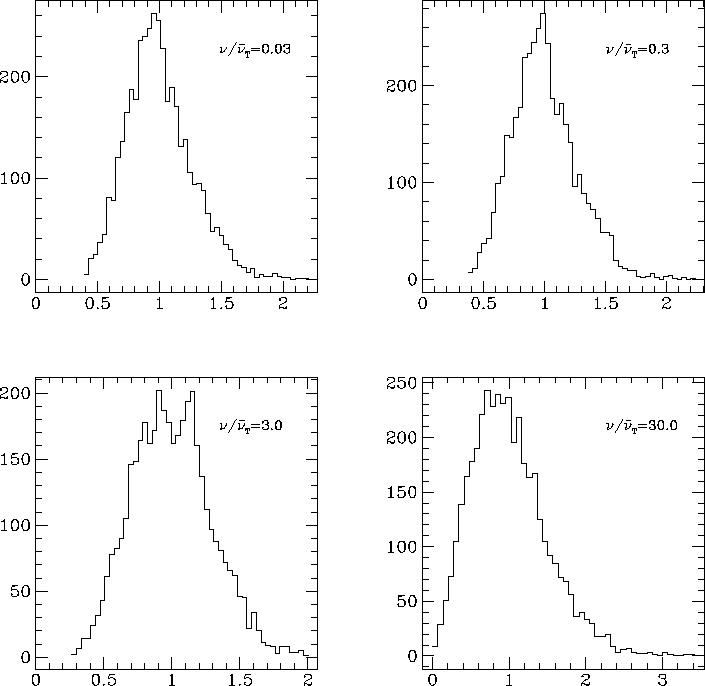

Fig 3. A sequence of images of different frequencies (or times)
of the synchrotron emission from the same magnetic field configuration
for the intermediate field strength simulation with B =  , equivalent to a diffusion model with D =
0.6.
, equivalent to a diffusion model with D =
0.6.
For example, the images (Fig. 3) show only small changes as the emission ages, with only the highest frequency image being clearly different. Even here, some of the features present at low frequency are recognizable. A notable difference from the low field, high diffusion case is that the intensity histograms retain much the same shape as the source ages, which can be seen in the images as the character of the structure does not change much. In particular, the high frequency image does not have the isolated high intensity peaks on a low background that is found for the low field model.
 Fig 4. Histograms of pixel intensity for the sequence of images in
Fig. 3. Note that the shape of the histogram changes very
little in this intermediate diffusion, intermediate field strength
case.
Fig 4. Histograms of pixel intensity for the sequence of images in
Fig. 3. Note that the shape of the histogram changes very
little in this intermediate diffusion, intermediate field strength
case.